Technical Analysis for the Trading Professional: Strategies and Techniques for Today’s Turbulent Global Financial Markets
$20.88
| Author(s) | |
|---|---|
| Format |
|
| Pages |
288 |
| Publication Year |
2012 |
Technical Analysis for the Trading Professional is the number-one go-to guide for market technicians seeking to improve their market timing skills with the most up-to-date tools and techniques. This second edition provides an updated look at unique formulas and key indicators, while retaining all the foundational material that made the previous edition an instant classic.
Introduction:
Written by a brilliant trader for only those seasoned traders who are willing to work at their analysis of the markets in a disciplined way, this book contains the most advanced methodology I’ve ever seen! Connie Brown’s credentials come in the form of nine years on the front line as a research analyst and fund trader. She is herself a disciplined professional, who has grown to the point where she is a force to reckon with in the financial markets. At the same time, she publishes a daily bulletin on the Dow, the S&P, and Bonds. This is faxed to some of the world’s most sophisticated, large traders. Her predictions as to price objectives and trend of the market are unequaled anywhere in the industry.
There are 14 separate chapters in this book, each a separate subject. Six of these subjects have been written on before, and these chapters serve as improvements on old indicators. There are, also, 15 major breakthroughs in technical analysis! Seven of these breakthroughs are new—never-before-revealed material! Eight more dissect, change, and improve old concepts.
In her discussion of Stochastics and of RSI as oscillators, she introduces the concept that oscillators do not necessarily fluctuate between 0 and 100 and that all signals do not fall within the traditional default overbought and oversold bands. The oscillator may actually travel within a larger or a narrower range that can be pinpointed with precision. To correct what the writer perceives as a flaw in commercial software packages, she suggests the use of an upper resistance band and a lower support band within this range to help identify signals that might otherwise have been missed. She also introduces the concept that this effective signaling band may travel up and down within the range, and that it may expand or contract. She suggests that the trader should adjust this effective signaling range to compensate for the idiosyncrasies of strongly trending bull and bear markets, and even suggests some better parameters! This alone would change the way we look at oscillators—and, consequently, our entry timing.
But this inventive young trader does not stop there. She goes on to discuss the application of moving averages over oscillators, third-generation indicators created by applying oscillators on oscillators, and filtering indicators with variants of different lengths. She introduces the Composite Index she created to accompany RSI. In a theme she returns to frequently, she kids the “Stochastics Default Club”—both the uneducated public that accepts the default values in software and tries to use them to trade without a clue as to why, and the educated but lazy trader who knows better but does it anyway. She remedies this deficit by giving a great deal of attention to procedures for determining and inputting the proper data to construct responsive, customized indicators. She makes a passionate case for keeping a flexible state of mind.
Contents:
- Oscillators Do Not Travel between 0 and 100
- Dominant Trading Cycles Are Not Time Symmetrical
- Choosing and Adjusting Period Setup for Oscillators
- Dominant Trend Lines Are Not Always from Extreme Price Highs or Lows
- Signals from Moving Averages Are Frequently Absent in Real-Time Charts
- Adjusting Traditional Fibonacci Projections for Higher Probability Targets
- Price Projections by Reverse-Engineering Indicators
- Price Objectives Derived from Positive and Negative Reversals in the RSI
- Gann Analysis: Calculating Price and Time Objectives
- Using Oscillators with the Elliott Wave Principle
- Volatility Bands on Oscillators
- The Composite Index
- The Principles of Depth Perspective Applied to Two-Dimensional Charting
Technical Analysis for the Trading Professional: Strategies and Techniques for Today’s Turbulent Global Financial Markets By Constance M. Brown pdf
16 reviews for Technical Analysis for the Trading Professional: Strategies and Techniques for Today’s Turbulent Global Financial Markets
Clear filtersOnly logged in customers who have purchased this product may leave a review.

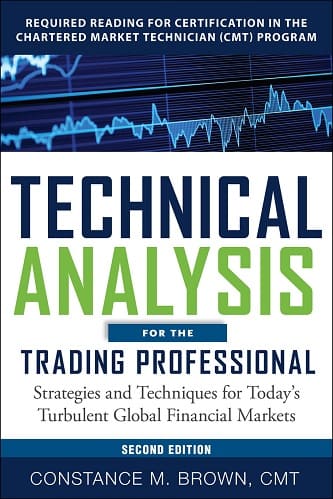
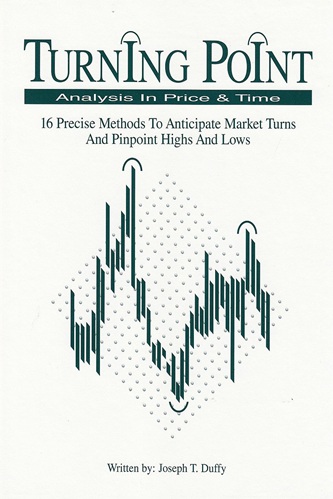
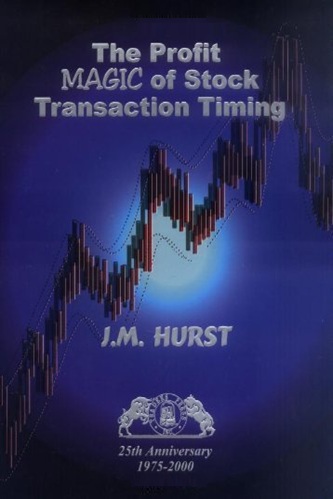
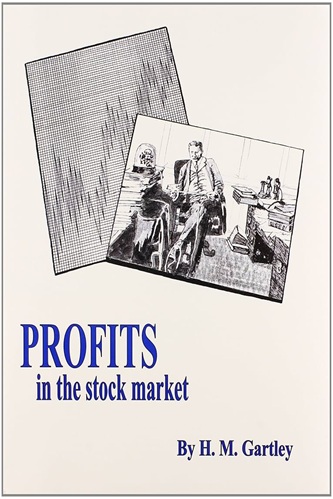
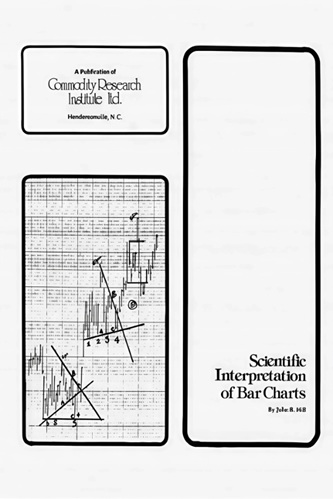


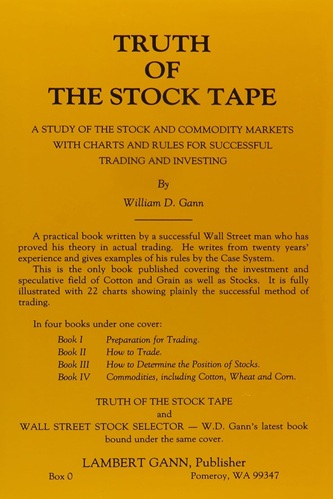

Julia Pope (verified owner) –
A useful book, some great inputs to my own trading.
Miguel Huber (verified owner) –
For a serious investor and trader even for analysts this book this is blessing to understand new trading ideas and methods
Clyde Coleman (verified owner) –
Anyone interested in building deeper market understanding and knowledge must have this in his financial library.
Lilith Rasmussen (verified owner) –
Have only read 150 pages. So far excellent.
Naya Ferguson (verified owner) –
The content is rich, however it is very badly written. The punctuations, phrase structures, concepts are inserted with lack of didactic explanation. In summary the text is very confusing, taking delayed reading and more than once reading to get what the writer is trying to explain. I have deep technical knowledge in the field, so the issue is not technical but in the way the writer tries to pass the message.
Raquel Villegas (verified owner) –
If you are taken in by the technical details of the content, then pay careful attention to the flavor, which is pretentious arrogance and implied intolerance of virtually any other approach to trading. Or, should I say, to chart analysis, because there is precious little on trading in this book. It will be next to useless for true trading professionals because it ignores price action concentrating entirely on technicals. The first lesson for any professional trader is “price rules”. Not for Brown: for her fancy analysis rules. Steeped in abstract theory. A more suitable title would be Contempt for the Trading Professional.
Zechariah Enriquez (verified owner) –
This book is deep. It is truly a study guide, and I enjoyed every minute of it. I still review this book on a regular basis.
Treasure Pollard (verified owner) –
In this day and age, the charts she has given are ridiculous. You might find charts of this quality in books published in the 1970s and 1980s – may be. Her language skills are horrendous – worst sentence constructions ever. And last of all, she jumps from point A to point Z to point C …. totally fragmented and scattered. I can only think that she had the least respect for her readers when she wrote this book. At times outright condescending. Not worth wasting your time or money.
Jad Pierce (verified owner) –
Great book.
Arabella Lynn (verified owner) –
This is one of the best books on tech analysis I have read.
Cameron Schroeder (verified owner) –
Poorly written with poor illustrations. Can’t understand why this would be required reading. The only redeeming value was RSI range rules. It is a shame that the discoverer of them did not write his own book.
Will Schroeder (verified owner) –
This book is definitely worth it, but is not an entry book. This book explains the misconceptions in trading and it has been a great guide for me to tweak my indicators. You must already know what indicators do to be able to tweak them. The author is a master in connecting the dots. Some methods in this book are unconventional, but they are definitely useful.
Theodore Kelley (verified owner) –
This book is far too difficult to understand. I’ve tons of questions to ask but I can’t get email of Constance Brown to clarify all the “?s”” that I have.
Nellie Thompson (verified owner) –
I found the information to be outdated. If you are interested in reading everything there is on indicators, you should get.
Izaiah O’Neal (verified owner) –
Author states in the Forward that there are 14 Chapters. There isn’t. Chapter 14 is referenced in another Chapter also. Believe it was suppose to concern Stochastics. Maybe there was a Chapter 14 in the first Edition. Don’t know. Table of Contents doesn’t list a Chapter 14 either. A lot of data and history presented to make you think, but really doesn’t tell you how to use it. A lot of graphs and charts that are very hard to interpret. Think the information would be useful if it was presented in a fashion that showed you how to use the data.
Gunnar Figueroa (verified owner) –
This is practically the worst investment book I have read in my entire life and that says a lot considering I am a money manager with two decades of market experience. Some out of the box ideas are there e.g. bull/bear ranges for RSI, RSI reversals price objectives and a new way of looking at Fibonacci targets. But that’s it.
The rest of the stuff is poorly written and you will struggle to follow it. The graphs which are small and cluttered is a one-way ticket to see the ophthalmologist. Eye damage is guaranteed. The author seems reveals things a little but leaves you guessing how to really use them. She is more interested in portraying herself as a trading god. I hardly benefited from this book. I just ensured I completed it as I don’t have a habit of dropping things halfway but it was sure a waste of my precious time.
I cannot in good faith recommend this book to anyone. There are far better books out there. I generally give a lot of respect to authors as it takes a lot of discipline and effort to come out with a book and to share one’s ideas. But if someone with fundamentals, quants and technical analysis expertise finds a book hard to follow…there is a problem with the way the book was written. I didn’t have such a problem with other technical analysis books and this is just to refute any arguments that I might not be following the content of this book because I am a beginner…which I am clearly not.